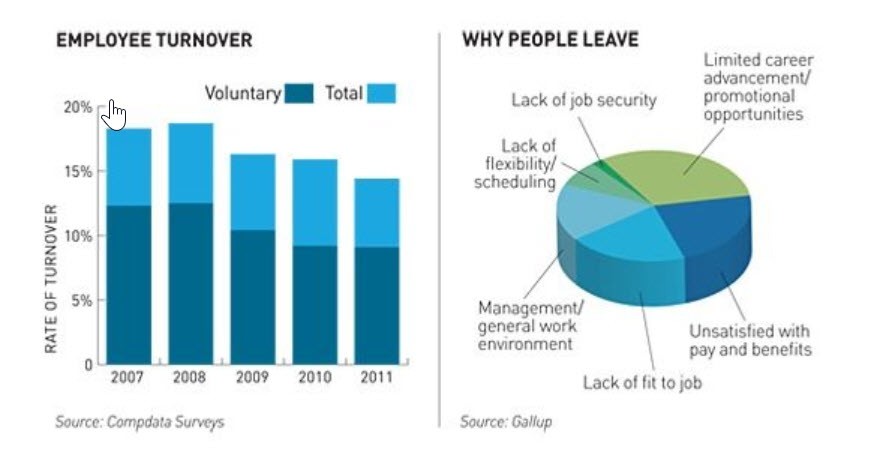SAP EWM Blog
Key Performance Metrics for Effective Warehousing and Customer Service
Knowing the right warehouse metrics to track to improve profitability and operations is keys to the success of your organization. Unfortunately, successful metric tracking benchmarking procedures, including identifying areas that need to be assessed, monitored, researched, compared and acted upon, are essential to setting up a metric system. In addition, your organization needs to know what factors impact metrics and which metrics can have the greatest impact.
On-Time Shipment to Customer
It must accurately and efficiently distribute goods that are coming in and out of the warehouse. In other words, the correct product must be placed on the correct transportation method at the appropriate time. In order to complete this task, you must monitor late shipping departures to the warehouse and early completion of freight loading time. The percentage of items ordered by customers that arrive on, or before, the requested ship date is the on-time shipping rate. Happy customers are more likely to return and tell others of your prompt services. The rate is calculated by dividing the number of on-time items by total items, then multiplying the result by 100 for a percentage.
Inventory AccuracyInventory accuracy is a comparison of the items in stock and the items recorded in the database. If the two counts do not match, there are issues with bookkeeping and data management, which can be fixed by implementing an automated inventory control solution, such as barcode or RFID systems.
Fill RateThe fill rate is the percentage of an order that is filled on the first shipment. This metric is important for two reasons: It relates to customer satisfaction (do a large percentage of items take more than one shipment to be filled?) and to transportation efficiency, which can be affected if multiple shipments are often needed to fill orders.
As an example, a customer orders 20 units of SKU 2677, but the seller ships the 15 units it possesses. The fill rate equals 15/20 = .75. An out-of-stock situation occurred, but demand was partially filled. From this simple definition, a large number of combinations exist in how to craft fill rate measures.
Demand ForecastThe demand forecast is the estimation of how much product consumers will purchase, using both educated guesses and historical sales data. These estimations can be used to determine future capacity requirements, pricing or even opportunities in new markets. The accuracy of these estimations can be assessed afterwards by using actual sales as a base.
Customer Order Cycle Time
This cycle measures how long it takes for a customer to receive a product after placing an order. This is a key component for measuring customer satisfaction. Companies with shorter Order Cycle Times are more responsive to customer orders. Longer lead times may ultimately result in customer dissatisfaction and competitive disadvantage. Order Cycle Time is considered less relevant to Make-to-Stock supply chains, these generally put more emphasis on improving Fill Rates. The formula is actual delivery date minus the purchase order creation date.
Customer serviceRepeated business requires complete customer satisfaction. Direct customers expect merchants to ship their orders the same day that an order is placed, or at least the next day, they expect to receive the order in good condition, and they do not tolerate a negative performance (see service level metrics in the table Fulfilment Operations Metrics).
As noted earlier, Q4 holiday customers are ordering later each year. This pattern of delayed purchase is a trend for which merchants must plan in order to secure repeat business. Everyone in the company needs to understand service level metrics, which should be reported just like productivity metrics. Fulfillment delivers on your company's marketing and merchandising promises. Promise realistically and over-deliver.
Employee turnoverEmployee turnover is expensive. Employers need to tell employees what is expected and give them feedback and to create a work culture that makes people want to stay. Most people want to know how they are doing and to be part of a team.
There are two main categories of turnover: voluntary and involuntary. Each of them has different causes.
o Voluntary turnover is when an employee quits. This can be due to finding a better position at another company, a conflict with a supervisor or a personal reason, such as needing to stay home with a family member.
o Involuntary turnover when an employee is laid off or fired, generally due to reducing staff because of a business downturn or change in business focus or because of an employee taking some action that is cause for termination, such as theft.
Below chart show employee turnover and main reasons of leaving
Order Picking Accuracy
We should also measure order picking accuracy. An inaccurate order can result in inventory being put back on shelves, increasing shipping time per average order, rate of return, etc. Lean distribution center practices eliminate waste and streamline order-picking processes, and helps to maintain a high order accuracy rate.
Picking accuracy can be improved typically 99.5% without barcode, and 99.9% with full inventory process barcode
Warehouse Space UtilizationMost of the normal warehouse space occupied between 80% and 85% of space utilization, efficiency typically drops from a movement and storage perspective. Pallet movement becomes very restricted and each move and replenishment may take multiple actions to complete.
o Consolidate Locations- If you have multiple locations for storing the same item, consider combining them to create better warehouse space utilization. This can be done during the put-away process and as a standalone function.
o Door Use- If you have separate shipping and receiving docks, consider combining them to save space.
Peaks in Warehouse CapacityChanges in product demand can, of course, influence the amount of inventory you are willing to hold in your warehouse distribution center. For instance, the holiday season will result in a peak in inventory, as companies need to store more seasonal product. With Catch-Up Logistics, Thanksgiving is a prime example, as our turkey inventory grows and distribution needs to be timely.
ConclusionThe efficient of organizing warehousing activities with performance metrics can directly be seen in customer service levels, lead times, and the cost structure of a company. we can conclude that warehousing influences the performance of an entire supply chain and warehouse.
When you subscribe to the blog, we will send you an e-mail when there are new updates on the site so you wouldn't miss them.



